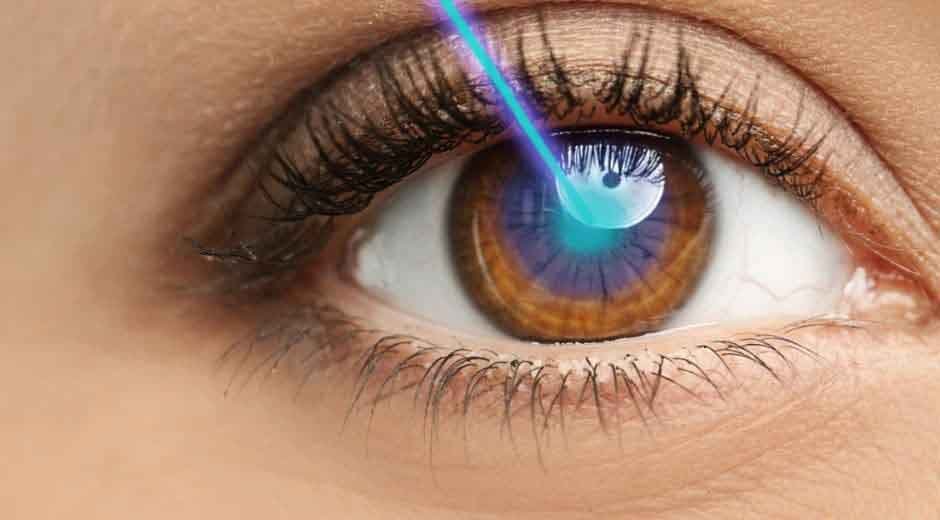Personalized LASIK starts with an eye examination to assess your candidacy for treatment. Ophthalmologists test visual acuity, refractive errors, and corneal thickness. Understanding your ocular characteristics and medical history allows doctors to develop a plan for laser eye surgery. Here is the process involved in customizing LASIK procedures:
Table of Contents
Conducting Eye Examinations
Conducting a thorough eye examination enables ophthalmologists to evaluate your current ocular function and develop a targeted surgical plan. Examinations may include tests that evaluate the curvature of your cornea, corneal thickness, and pupil size. Doctors may examine the tear film stability, which is a thin layer of fluid that covers the cornea. Another aspect they may look at is the intraocular pressure. This is a measurement of the pressure of the eye’s fluid.
Ophthalmologists may assess your vision to identify refractive errors, such as astigmatism, nearsightedness, and farsightedness. The exam results help determine if you may qualify for LASIK. Data collected during these tests can help guide the laser settings during surgery to align the treatment with your eye structure.
Selecting Vision-Correction Technologies
Customization includes the selection of suitable surgical technologies. You can be a candidate for either wavefront-guided or wavefront-optimized LASIK. Wavefront-guided LASIK corrects routine and minor optical abnormalities known as higher-order aberrations. These corrections are based on detailed information obtained from the wavefront map, which is a process that examines how light passes through the eye. Wavefront-optimized LASIK corrects refractive errors without distorting the natural profile of the cornea. Eye-tracking devices are incorporated into the process to trace eye movement in real time and make adjustments to the laser. These devices can provide more accurate removal of tissue, and this will improve results among patients with special corneal irregularities.
Addressing Patient-Specific Needs
LASIK can eliminate or lessen reliance on corrective devices like contact lenses or glasses. Customization enables clinicians to tailor the process to meet unique aims such as enhancing nighttime vision or lessening sensitivity to glare. Workers in low-illumination conditions or who spend long hours in front of digital devices may respond well to customized improvements. Custom LASIK might be a good option for patients with stronger prescriptions, thin corneas, or slight asymmetries in their eye shape.
Providing Post-Operative Care
Post-operative care enables healing and comfort following laser eye surgery. Patients are discouraged from rubbing their eyes and may be told to sleep with eye shields in position for a short time. Medicated eyedrops provided by a practitioner may help to reduce inflammation and prevent infection. Artificial tears may be recommended in case of temporary dryness. It helps to abide by your practitioner’s instructions during the recovery period. Attending follow-up appointments on time allows for monitoring of healing and can help prevent infections.
Have a Consultation on Laser Eye Surgery
Personalized LASIK surgeries can deliver enhanced vision results by individualizing certain aspects of the process for each patient. The procedure involves detailed diagnostic steps before surgery and thorough follow-up care measures. Laser eye surgery focuses on precision, safety, accuracy, and personalized care. If correcting your vision is on your agenda, a consultation with seasoned and highly trained LASIK professionals might help establish if a personalized process is appropriate for your eyes.
